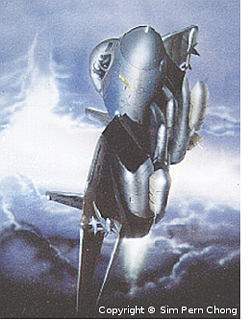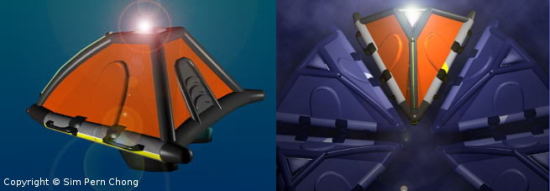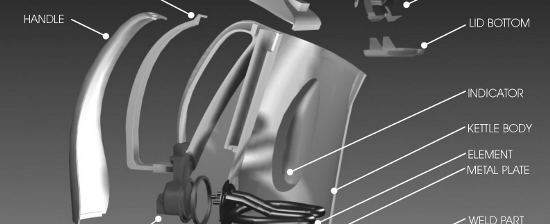My initial foray into 3D art involves the usage of traditional painting methods using physical media. In the late 1980s and early 1990s, I was experimenting with 3D drawing and painting using real physical tools such as marker pens and airbrushes.
 |
An example was the A0-sized illustration of a Jet fighter in flight shown on the left. It was created by me using airbrushing. I was especially fond of airbrushing. To me, it was one of the more feasible means of creating renderings in a realistic manner. I especially like its ability to produce smooth graduations. Airbrushing remained a personal favorite for many years before the transition to digital methods of producing realistic representations of physicality. As a design student, I also worked with marker renderings. But somehow, marker was merely a tool for me to get things done fast. This technique did not give me the satisfaction that airbrushing did. Markers are more functional than expressive, to me. |
My first taste of 3D digital creation was during my final year as a Product/industrial design student. I wanted a tool that could help me present my ideas and concepts with the necessary ‘Wow’ factor. I picked up Imagine 3D for DOS. The images below were created in Imagine 3D and were part of the Final Year Design project.

Imagine 3D for DOS opened a door for me. It allowed me to explore the fundamental concepts of 3D digital modelling and animation. The student portfolio also got me into the initial 3D and design related jobs. From then onwards, I got more exposures to other 3D tools, mainly in the areas of CAID or Computer Aided Industrial Design. As an Industrial Designer, I have to use CAID tools such as Rhino, Studiotools and Pro-engineer on the job.

In a nutshell, this is how it all started.
